
Bas-Rhin is a département in Alsace which is a part of the Grand Est super-region of France. The name means 'Lower Rhine', referring to its lower altitude among the two French Rhine departments: it is downstream of the Haut-Rhin department. Both belong to the European Upper Rhine region. It is, with the Haut-Rhin, one of the two departments of the traditional Alsace region which until 1871, also included the area now known as the Territoire de Belfort. The more populous and densely populated of the pair, it had 1,152,662 inhabitants in 2021. The prefecture is based in Strasbourg. The INSEE and Post Code is 67.
Aramits is a commune in the Pyrénées-Atlantiques department in the Nouvelle-Aquitaine region of south-western France.

Schiltigheim is a commune in the Bas-Rhin department in Grand Est in north-eastern France.

Brumath is a commune in the Bas-Rhin department in Grand Est in north-eastern France.

The arrondissement of Saverne is an arrondissement of France in the Bas-Rhin department in the Grand Est region. It has 162 communes. Its population is 128,960 (2016), and its area is 1,241.0 km2 (479.2 sq mi).

Soultz-Haut-Rhin is a commune in the Haut-Rhin département in Grand Est in north-eastern France.
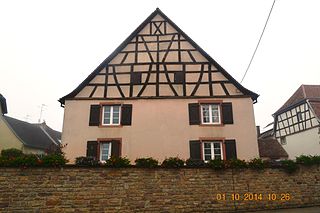
Asswiller is a commune in the Bas-Rhin department in the Grand Est region of north-eastern France.

Adamswiller is a commune in the Bas-Rhin department in the Grand Est region of northeastern France.

Antigny-la-Ville is a commune in the Côte-d'Or department in the Bourgogne-Franche-Comté region of eastern France.

Balbronn is a commune in the Bas-Rhin department in the Grand Est region of north-eastern France.

Ingwiller is a commune in the Bas-Rhin department in Grand Est in north-eastern France.

Wimmenau is a commune in the Bas-Rhin department in Grand Est in north-eastern France.
Balaguier-d'Olt is a commune in the Aveyron department in the Occitanie region of southern France.
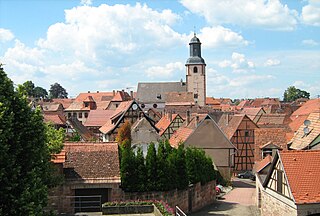
Bouxwiller is a commune in the Bas-Rhin department, Alsace, Grand Est, northeastern France. Likely meaning "Bucco's land", Bouxwiller is the capital of the Bouxwiller canton and is located within the Saverne arrondissement about 34 kilometres (21 mi) northwest of Strasbourg.
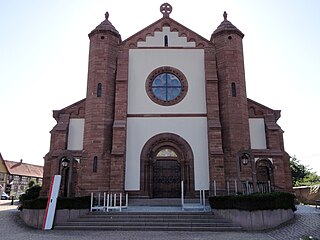
Dauendorf is a commune in the Bas-Rhin department in the European Collectivity of Alsace, in the Grand Est region of France.

Gries is a commune in the Bas-Rhin département in Grand Est in north-eastern France. It lies 7 km to the south-southeast of Haguenau.
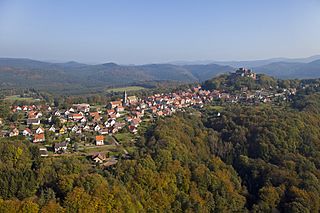
Lichtenberg is a commune in the Bas-Rhin department in Grand Est in north-eastern France.

Westhoffen is a commune in the Bas-Rhin department and Grand Est region of north-eastern France.
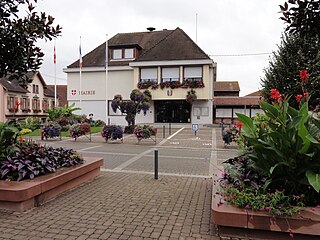
Mommenheim is a commune in the Bas-Rhin department. The department is in the historic Alsace region of France, and is itself within the Grand Est administrative region of north-eastern France.
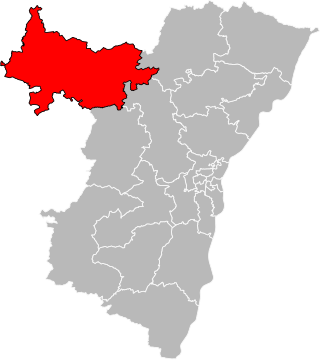
The canton of Ingwiller is an administrative division of the Bas-Rhin department, northeastern France. Created at the French canton reorganisation, which came into effect in March 2015, it has its seat in Ingwiller.






















